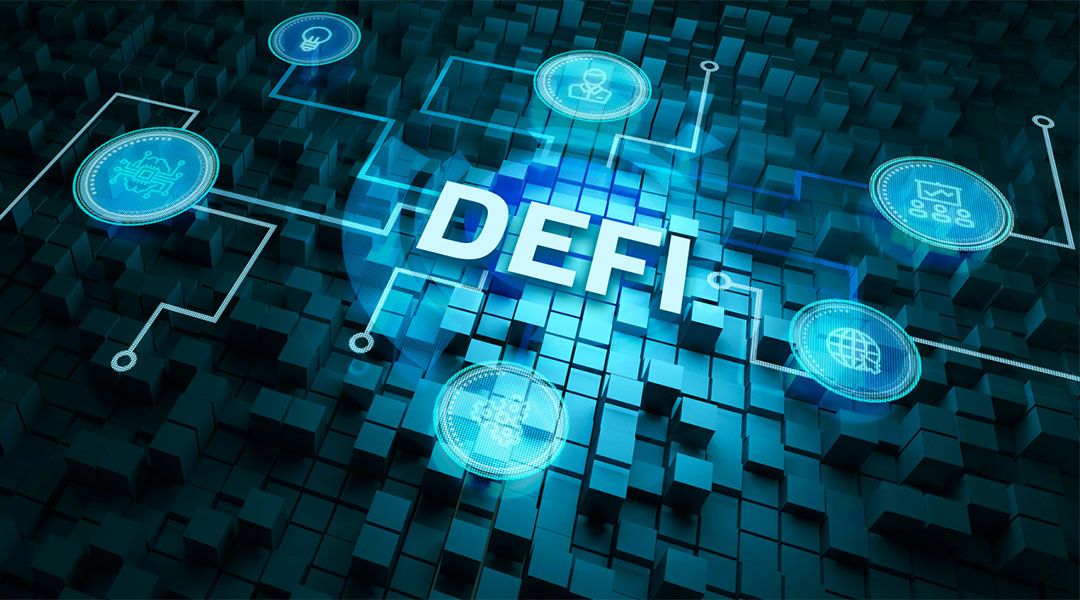Blockchain Explained – part 4 – Transactions and Smart Contracts

Blockchain is rapidly gaining attention from organisations in every industry. However, it is a difficult to understand technology that, if not executed correctly could result in serious harm to your organisation. Therefore, in this series of posts on the blockchain, I explain what the Blockchain is and how it affects your organisation. The first part was a generic introduction to the Blockchain, while the second part focused on different types of blockchains and DApps. The third blog provided insights in several startups that are working hard on developing the required technology as well as several Blockchain challenges that need to be overcome before we will see a wide-scale adoption of the Blockchain. In this fourth post, I will dive deeper into the different type of transactions that can be recorded on the blockchain as well as one particular type of transactions; smart contracts.
Different Transactions
A key characteristic of the blockchain is that it removes the need for trusted intermediaries; centralised organisations that take a fee for verifying transactions. Removing the middlemen completely changes the game for organisations that want to do business with each other. Last week, for the first time, a transaction took place between two organisations across the globe which was paid for using the blockchain and smart contracts. The Commonwealth Bank from Australia and Wells Fargo from the USA used blockchain in, according to them, the world’s first global trade transaction between independent banks for a shipment of cotton from Texas to Qingdao in China.
Bitcoin transactions are still the majority of transactions being registered on the blockchain, but the possibilities of the Blockchain go a lot further. Basically, any financial transaction, whether these are financial contracts, settlements, transactions related to other currencies or exchange of assets can be recorded on the blockchain. In fact, any type of deal can be recorded on the blockchain, ranging from exchange of ownership of physical products such as houses art or rental cars, exchange of ownership of digital assets such as domain names or patents, land registration, attestation documents such as notarized documents, tracking of products within the global supply chain, connected devices or copyright of digital content. The list is endless, and a complete overview can be viewed at the website of Ledra Capital, who have an ongoing attempt to collect the wide range of potential uses of the Blockchain.
In the case of physical products being recorded on the blockchain that use smart contracts to automatically exchange ownership when certain pre-conditions, subject to existing law, are met, we are talking about smart property. An example is the ownership of a car is automatically transferred from a car leasing company to the individual owner when all monthly instalments have been completed. Smart property works with public/private keys, and ownership is exchanged by transferring the private key that is linked to a physical asset from one owner to another owner. Smart property is transferred using smart contracts, which are a special type of ‘transaction’ recorded on, for example, the Ethereum blockchain.
Smart Contracts
Smart contracts are traditional contracts, but written in code. As such, the contract is understandable for everyone across the globe, irrespective of the jurisdiction it is related to. Smart contracts are an agreement between two or more parties that is defined and executed automatically, once certain pre-defined conditions are met. Smart contracts are like If This Then That statements, only they tend to be a lot more complex. Basically, smart contracts are small software programs, which are hashed using the so-called SHA-256 algorithm. As a result, as is with any data that is recorded on the blockchain, once a smart contract has been deployed on the blockchain, it can no longer be changed. Therefore, it is vital for an organisation to ensure that the code is 100% correct and that no bugs or errors remain in the smart contract when it is recorded on the blockchain. Mistakes can be extremely costly, as we have seen with the DAO, which lost $50 million due to a mistake in the smart contract. The only way to fix a bug in a deployed smart contract is through a hard fork on the blockchain, which is exactly what happened with The DAO. However, don’t expect blockchains to create a hard fork every time an organisation deploys an incorrect smart contract.
As soon as multiple smart contracts are linked and combined with big data analytics and artificial intelligence, it becomes possible to create complex structures that execute automatically once multiple pre-conditions are met. This might seem for fetched, but smart contracts are actually nothing new. They were first coined in 1994, by Nick Szabo who explained a smart contract as “a computerised protocol that executes the terms of a contract”. As explained by Vitalik Buterin, founder of Ethereum, in most modern office buildings, such smart contracts are already in place; access is controlled by access cards and whether you are allowed entry to a certain area is pre-defined by a piece of code, linked to a database.
The example of the access card shows that smart contracts have been around for a long time already. The only difference now is that when they are deployed on the blockchain, they remain accessible indefinitely and will carry out their pre-defined tasks whenever certain conditions are met. Smart contracts offer tremendous opportunities for organisations, but it is vital that they are deployed on the blockchain only when they are correct. In the coming years, we will likely see a wide variety of applications using the smart contracts that will change how we work, how we do business and how we run our daily lives, resulting in so-called Decentralised Autonomous Organisations, Decentralised Autonomous Corporations or even Decentralised Autonomous Societies. In part 5 of this series, I will dive deeper into these new organisational forms that will have the power to change how we do business completely.
What is the Blockchain?
If you want to read more about Blockchain, I wrote a series of posts on what Blockchain is:
- What is the Blockchain and why is it important
- What is the Blockchain – public vs private blockchains, consensus mechanisms and DApps
- What is the Blockchain – startups and challenges to overcome
- What is the Blockchain – Transactions and Smart Contracts
- What is the Blockchain – ICOs and DAO
Image: WhiteDragon/Shutterstock





